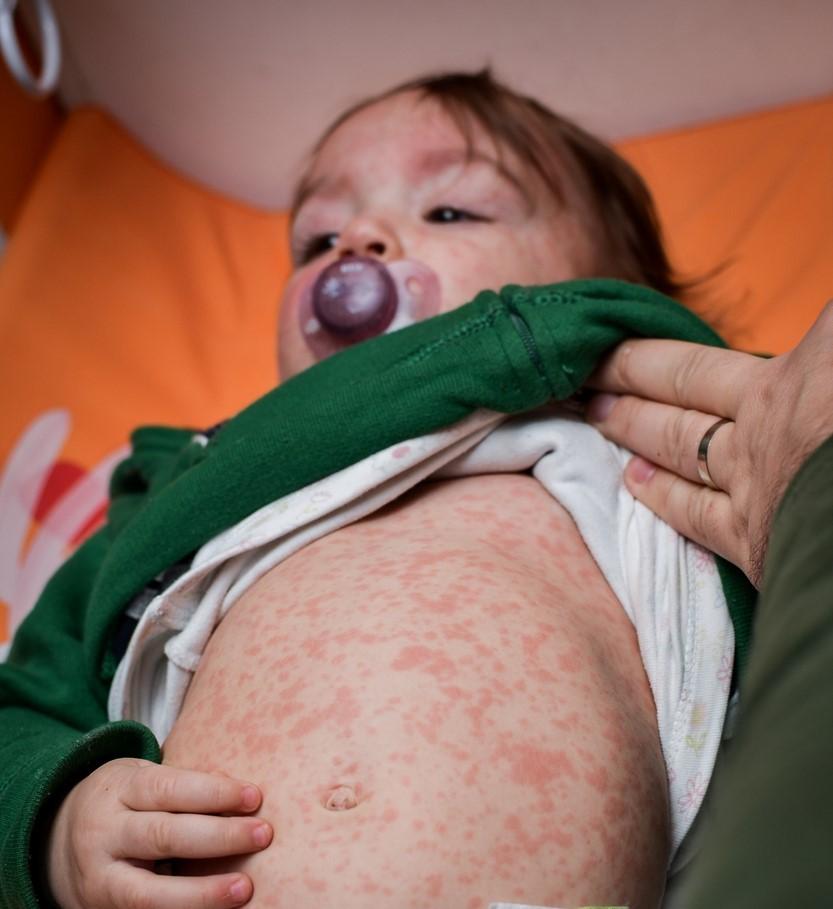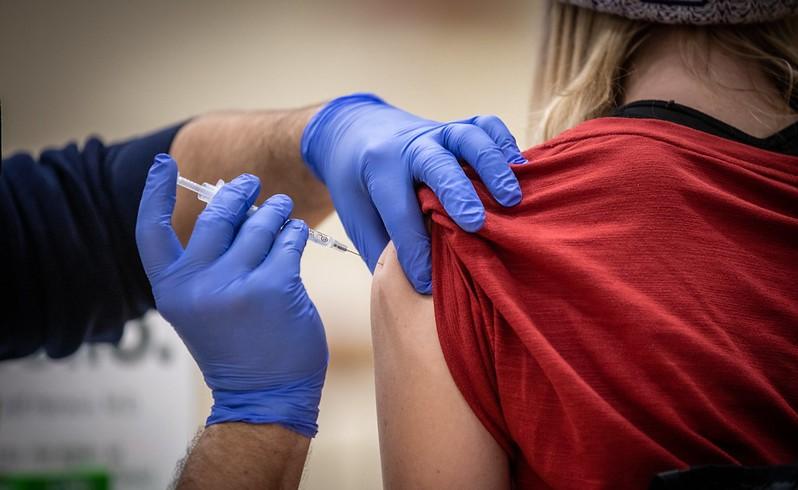Two states—Maryland and Ohio—reported more measles cases, part of an ongoing rise in detections related to an overall increase in global activity.
The Maryland Department of Health reported an infection in a Montgomery County resident who had recently traveled internationally. In a statement, officials warned the public about possible exposures at Washington's Dulles International Airport, an apartment complex in Silver Springs, and a hospital emergency department.
First case of year in Ohio
The Ohio Department of Health, meanwhile, reported its first measles case of 2024, which involves a child from Montgomery County, home to Dayton. A statement from Dayton and Montgomery Public Health said the patient was evaluated at Dayton Children's Hospital on January 29 and January 30 and that people in certain parts of the facility may have been exposed.

The case marks Montgomery County's first since 2005. Ohio recorded just one measles case in 2023, but in 2022, the state battled an 85-case outbreak in the central part of the state. In late January, the Centers for Disease Control and Prevention urged healthcare providers to be alert for fever and rashes in people who have traveled overseas, following increasing reported of mostly imported cases and an ongoing rise in global cases.










